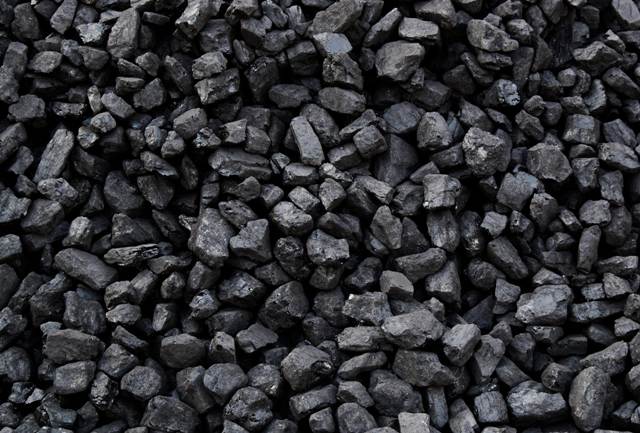The operating margin1 of primary steelmakers will reduce by a third to 24-26% in the second half of this fiscal versus the first half as input cost soars owing to a more than 2x rise in coking coal prices since July.
However, for the full fiscal, the operating margin will average a robust 31-32%, a good ~400 basis points (bps) higher than in last fiscal, due to a strong first half that saw healthy steel prices and moderate input costs.
The consequent robust accruals will support increased capital expenditure, continued deleveraging and strengthening of balance sheets, a CRISIL study of the top five steelmakers, which account for 58% of domestic production2, shows. Global coking coal prices have rallied strongly since July, rising from ~$175 per tonne in June to ~$400 per tonne in October, mainly due to disruptions in the Australian and Chinese mines, and logistical issues such as freight and container unavailability, amid healthy demand from global steel producers, especially ex-China.
The prices are expected to ease only gradually as supply takes time to ramp up. Given that domestic primary steel producers rely mainly on imported coking coal, their production costs will rise sharply.
In contrast, iron ore, the other key raw material that accounts for 15-20% of the cost of production, is entirely met from domestic sources (captive plus merchant supplies). Although global iron ore prices have fallen ~60% between July and October, domestic prices have fallen only ~ 30% as supply continues to be tight.
Says Naveen Vaidyanathan, Director, CRISIL Ratings, “The surge in coking coal prices, which account for about a third of the total cost of production, will materially elevate cost pressures for domestic primary steel makers. At the same time, the fall in domestic iron ore prices has been significantly lower than the increase in coking coal prices, thereby providing limited cushion. These factors will lead to an overall increase in cost of production by ~ 30% for domestic steelmakers in the second half of the fiscal.”
Global steel prices3 — after rallying in the first half of this fiscal by ~1.8x the average price last fiscal — are expected to remain healthy in the second half. While prices were supported by strong demand and costlier iron ore in the first half, the second half will see more supply cuts in China as part of green initiatives there, and higher coal costs. Prices are expected to average $850-900 per tonne this fiscal, more than 60% higher on-year.
Domestic steel prices, which are significantly driven by the landed cost of imports, have also continued to be strong despite some moderation in the second quarter of this fiscal due to weak domestic demand amid the second wave. Further, healthy global realisations, strong domestic demand growth (14-16% on-year this fiscal), high export potential and increased cost of production are expected to prop domestic prices during second half of the fiscal.
Says Ankush Tyagi, Team Leader, CRISIL Ratings, “Although domestic steel prices are expected to remain strong, further upside from current levels could be limited because the discount of domestic steel prices to the landed cost of imports has already reduced to ~15% in October from ~ 25% at the beginning of the fiscal4. Also, players could witness challenges in taking steep price hikes in the domestic market due to the nascent economic recovery. This, along with increased cost of production, could reduce operating margins to 24-26% in the second half against an estimated 35-37% in the first half. That said, the average operating margin for the fiscal could still be 350-400 bps higher than ~27.5% last fiscal.”
Healthy annual accruals should support planned capex towards capacity expansion and also strengthen the balance sheet of the players. Net debt-to-Ebitda is expected to be less than 1 time this fiscal against 1.9 times last fiscal, whereas interest cover will increase to more than 8.5 times, almost double from last fiscal.
A sharper-than-expected correction in global steel prices, weaker global demand, significantly higher-than-expected input costs would be the key monitorables from here.
-------------------------------------------------------------------------------------------------------------------------------------------------------------------------------------------------------------------------------------------------------------
1 Operating margin is defined as earnings before interest, tax, depreciation and amortisation (Ebitda) margin
2 Include Jindal Steel & Power Ltd., Tata Steel Ltd. (including Bhushan Steel Ltd.), JSW Steel Ltd., Steel Authority of India Ltd. and Arcelor Mittal Nippon Steel India Ltd. (erstwhile Essar Steel India Ltd.) for fiscal 2021
3 China hot-rolled coil FOB prices
4 Average discount of domestic hot-rolled coil prices to landed cost of imports was 3% on average over fiscals 2019-21






